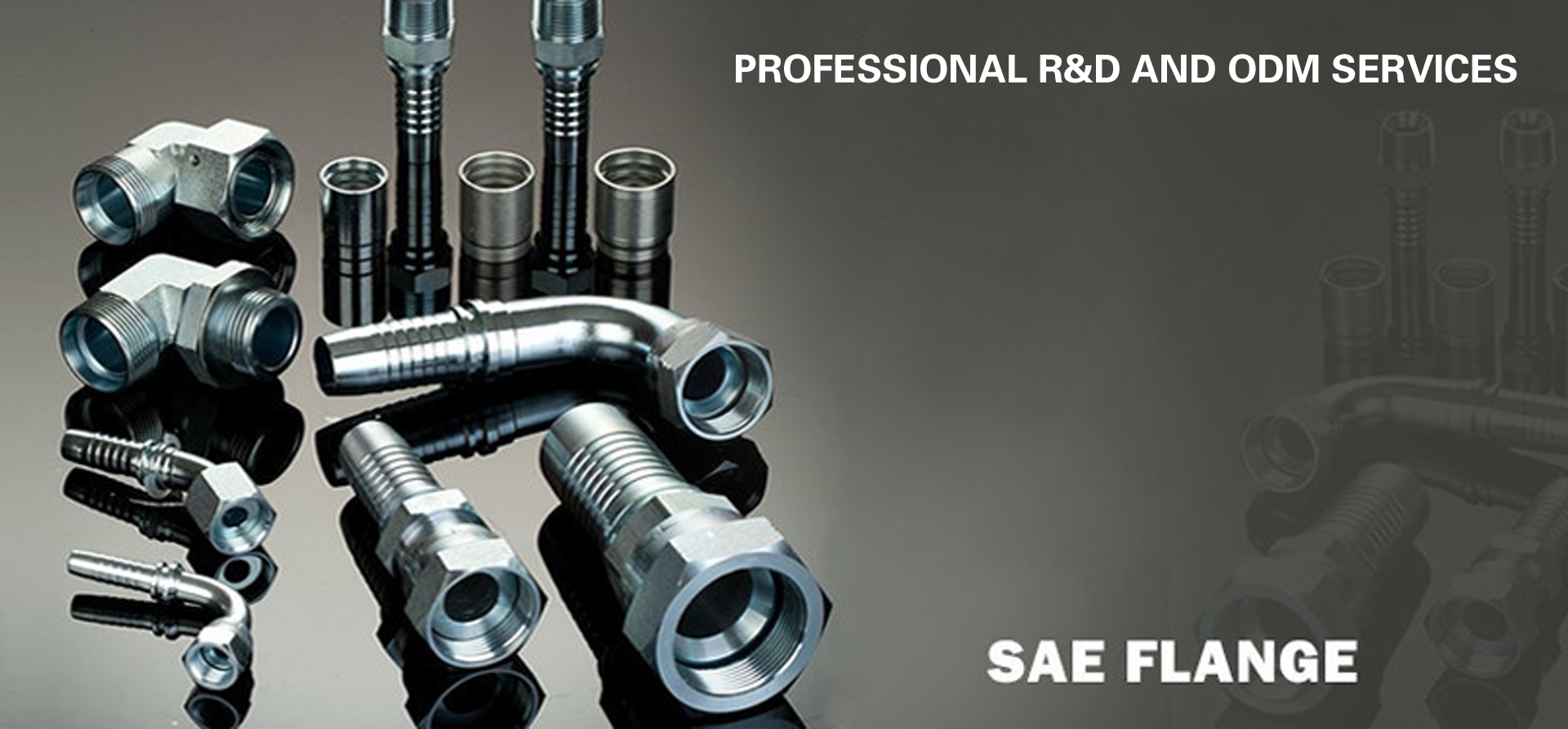When it comes to maintaining the functionality and longevity of your faucets, proper washer installation is crucial. A well-installed washer can prevent leaks, save water, and extend the life of your faucet. This comprehensive guide, brought to you by Hoson, a leading hydraulic fitting manufacturer, will walk you through the steps to ensure a successful washer installation.
Understanding the Importance of Washers
Washers play a vital role in the operation of faucets. They act as a seal between the faucet's moving parts, preventing water from leaking out. Over time, washers can wear out due to constant use, leading to drips and leaks. By understanding their importance, you can appreciate the need for regular inspection and replacement.
Types of Washers
There are several types of washers used in faucets, including:
Rubber Washers: These are the most common type and are known for their flexibility and durability.
Nylon Washers: These are resistant to wear and are often used in high-pressure applications.
Brass Washers: Known for their strength, brass washers are used in heavy-duty faucets.
Choosing the right type of washer for your faucet ensures optimal performance and longevity.

Tools and Materials Needed
Before beginning the installation process, gather the following tools and materials:
Adjustable wrench
Screwdriver
Replacement washer (appropriate type and size)
Plumber's tape
Bucket or towel (to catch any water)
Having these tools on hand will make the installation process smoother and more efficient.
Step-by-Step Washer Installation Guide
Step 1: Turn Off the Water Supply
Before you begin, ensure that the water supply to the faucet is turned off. Locate the shut-off valve under the sink and turn it clockwise until it stops. This will prevent any water from flowing while you work on the faucet.
Step 2: Remove the Faucet Handle
Use a screwdriver to remove the screw securing the faucet handle. Once the screw is removed, gently lift the handle off to access the inner components of the faucet.
Step 3: Access the Washer
With the handle removed, you will need to access the washer. Use an adjustable wrench to loosen and remove the packing nut. Carefully take out the stem assembly to reveal the washer at the bottom.
Step 4: Replace the Washer
Remove the old washer and replace it with a new one of the same size and type. Ensure that the new washer fits snugly in place to prevent future leaks. If necessary, use plumber's tape to secure the washer and provide a tighter seal.
Step 5: Reassemble the Faucet
Once the new washer is in place, reassemble the faucet by reversing the steps you took to disassemble it. Tighten the packing nut with the adjustable wrench, ensuring not to overtighten, as this can damage the components.
Step 6: Test the Faucet
Turn the water supply back on and test the faucet for leaks. If installed correctly, the faucet should operate smoothly without any drips or leaks. If you notice any issues, double-check the washer installation and ensure all components are properly tightened.
Common Mistakes to Avoid
To ensure a successful washer installation, avoid the following common mistakes:
Using the Wrong Washer: Always use a washer that matches the size and type of your faucet to ensure a proper fit.
Overtightening Components: Excessive tightening can damage the faucet components and lead to leaks.
Ignoring Regular Maintenance: Regularly inspect and replace worn washers to prevent leaks and extend the life of your faucet.
Why Choose Hoson for Your Hydraulic Fittings?
Hoson is a trusted name in the hydraulic fitting industry, known for our high-quality products and exceptional customer service. Our washers are designed to meet the highest standards of durability and performance, ensuring long-lasting repairs for your faucets.
With a commitment to innovation and quality, Hoson provides a wide range of hydraulic fittings and components to meet the diverse needs of our customers. Whether you're a professional plumber or a DIY enthusiast, you can rely on Hoson for all your hydraulic fitting needs.
Conclusion
Proper washer installation is essential for maintaining the functionality and longevity of your faucets. By following the steps outlined in this guide, you can ensure a successful installation and prevent future leaks. Remember to choose the right washer type and size for your faucet and avoid common mistakes for optimal results.
For high-quality washers and hydraulic fittings, trust Hoson, the leading manufacturer in the industry. Our products are designed to deliver superior performance and durability, making them the perfect choice for all your faucet repair needs.
With regular maintenance and attention to detail, you can enjoy leak-free faucets and efficient water usage for years to come. Happy repairing!



